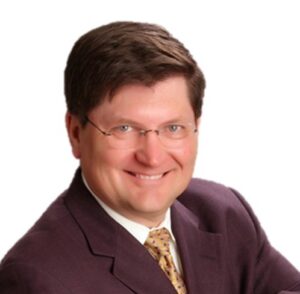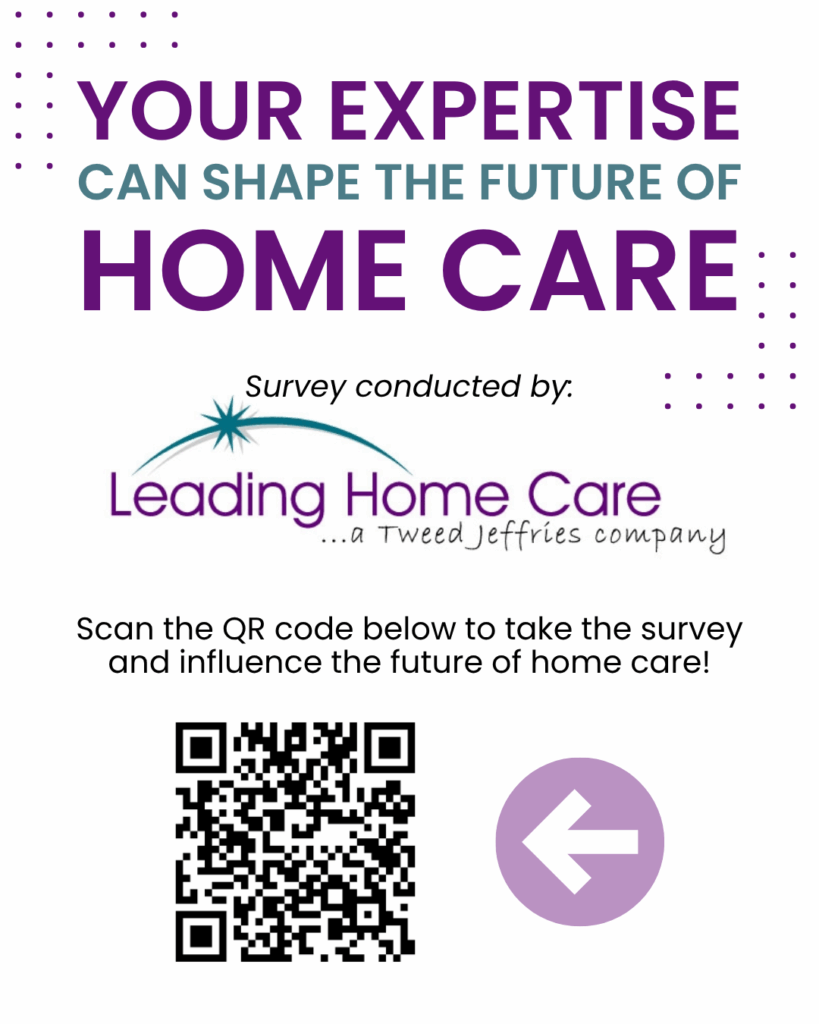By Elizabeth Hogue
This is National Nurses Week, so we are celebrating the profession of nursing! Home care nursing has an especially proud history. Perhaps the definitive book on home care nursing is No Place Like Home: A History of Nursing and Home Care in the United States authored by Karin Buhler-Wilkerson in 2001. As Buhler-Wilkerson makes clear, home care nursing in the U.S. is modeled on care provided in patients’ homes that was initiated by William Rathbone in Liverpool, England, in 1859.
Rathbone first encountered a home care nurse, Mary Robinson, during the illness of his wife. Rathbone persuaded Robinson to work with him in an experiment to provide care for the sick poor in their homes while simultaneously teaching them how to take better care of themselves. Robinson was so shocked and overwhelmed by the work that she was ready to quit after the first three months. A key difficulty was recruiting nurses for such difficult work. Rathbone then enlisted the help of Florence Nightingale.
Nightingale viewed the care of patients in their homes as one of nursing’s most important tasks and threw her wholehearted support behind Robinson’s efforts. According to Buhler-Wilkerson, Nightingale said, in a widely read article published in 1876, that nurses who visited patients in their homes “…were not, she assured her readers, some new form of cooks, relief officers, district visitors, letter writers, store keepers, upholsters, almoners, purveyors, ladies bountiful, head dispensers, or a medical comfort shop; they were simply nurses.” Their goal, according to Nightingale, was to “get people going again” with a “sound body and mind.” Nightingale was unsuccessful in recruiting nurses to help Rathbone and Robinson, so Rathbone started a school to train home care nurses.
The model of homecare nursing that developed in England was very attractive to women in the U. S. around the turn of the century. Buhler-Wilkerson describes the ideal home care nurse at this time as follows:
“…As nurse-author Mary Gardner suggested , the ideal visiting nurse was a faultless creature ‘possessing all the virtues, combining the experience of age with the enthusiasm of youth, and also having a sense of humor, which is perhaps the only thing which will make the years’ of this kind of work possible.'”
The work was extremely arduous. As Buhler-Wilkerson says in her book:
“Many nurses, while attracted to visiting nursing, found the work too mentally and physically exhausting. Walking long distances in all kinds of weather, climbing endless flights of stairs, cleaning and disinfecting patients’ rooms, changing beds, and being constantly exposed to disease were all part of the visiting nurse’s daily routine. The ‘delicate’ nurse found this an impossible undertaking, but even the strongest became exhausted – even sick – at the end of a day of work…Fatigued, discouraged, and often sick, many nurses left for more lucrative or easier work…As a result, the turnover was high and replacements difficult to find. With a large proportion of the staff leaving, each year seemed a new enterprise.”
Sound familiar? The same description certainly fits home care nursing today. The work of home care nurses is difficult, but crucial to our country. Hats off to homecare nurses today and every day!
©2018 Elizabeth E. Hogue, Esq. All rights reserved.
No portion of this material may be reproduced in any form without the advance written permission of the author.



